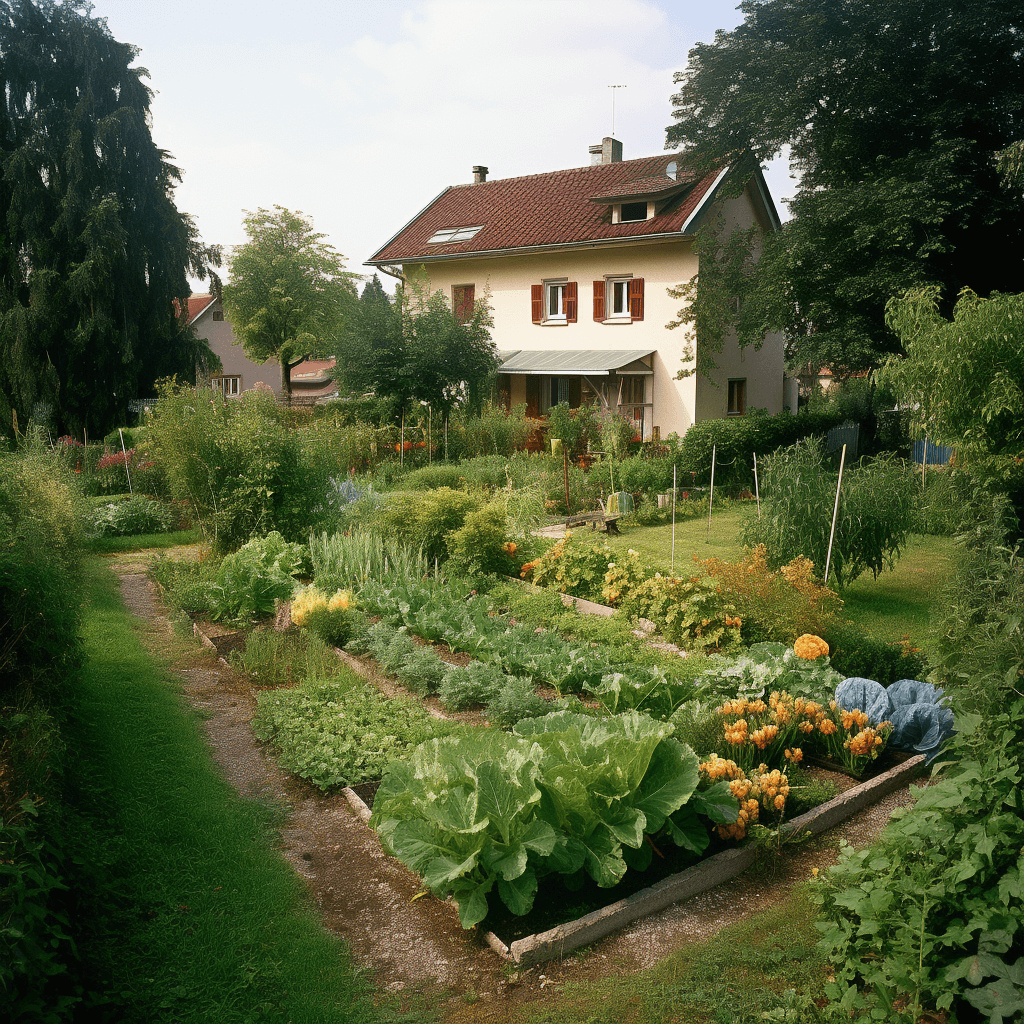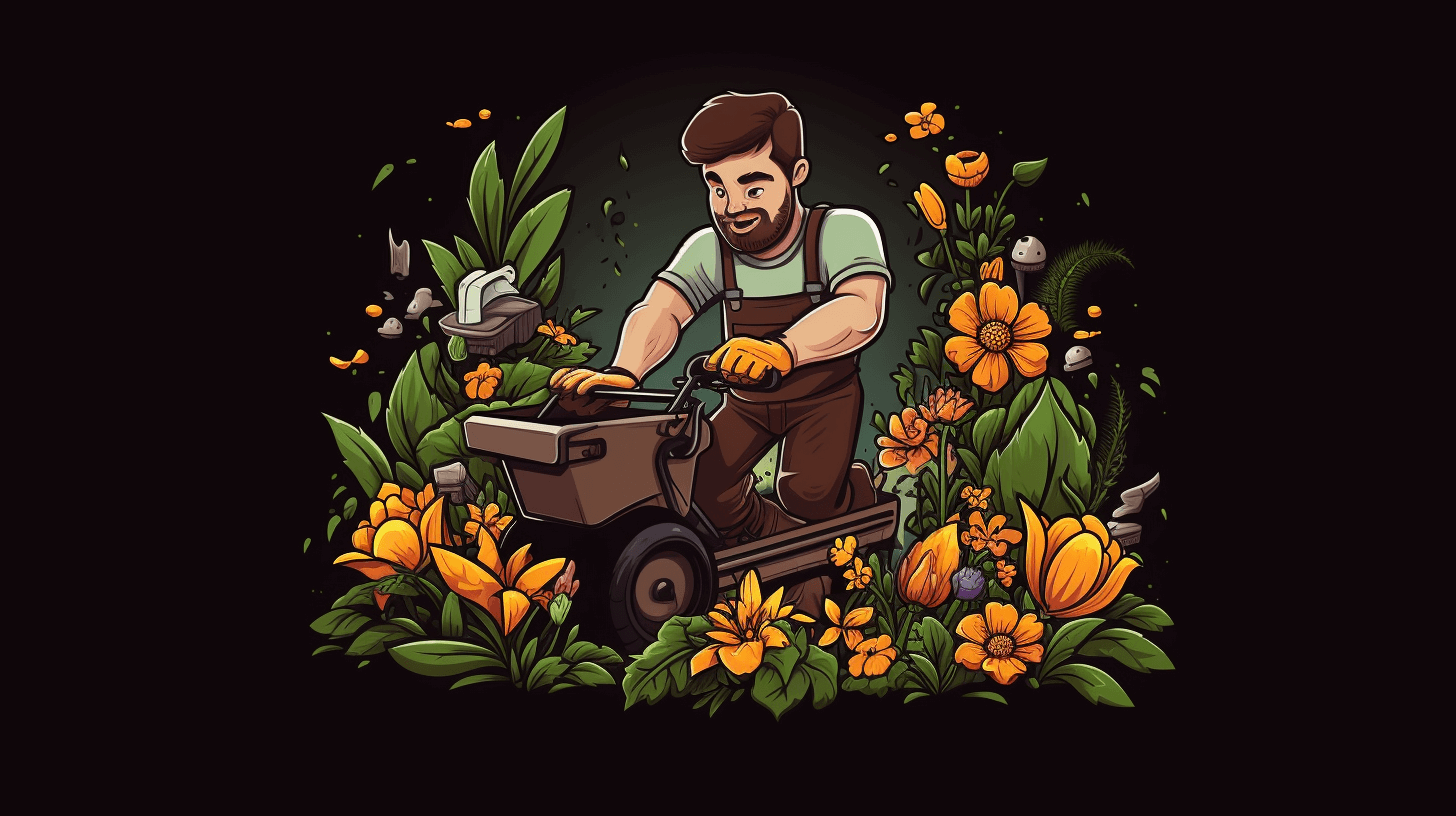
Introduction To Garden Tilling Techniques:
As a gardener, mastering tilling techniques is essential for achieving successful and bountiful harvests. Efficient and effective soil cultivation plays a crucial role in creating a favorable environment for plant growth. In this article, we will explore various tips and strategies to help you become a pro at tilling. By understanding your soil, preparing your garden, choosing the right tilling depth and width, and implementing proper techniques for different garden areas, you can optimize your tilling practices. We will also delve into the importance of organic gardening, minimizing soil disruption, and the necessary care after tilling. Let’s get started!
Understanding Your Soil:
Soil Types and Characteristics When it comes to tilling, it’s important to familiarize yourself with different soil types and their unique properties. Sandy soils are well-draining but may lack nutrients, while clay soils retain moisture but can become compacted easily. Loam soils strike a balance and are often considered ideal for gardening. Understanding your soil’s composition will help you determine the appropriate tilling techniques for optimal results. B. Soil Testing Conducting a soil test is a crucial step before tilling. It allows you to assess the nutrient levels and pH of your soil, guiding you in making informed decisions regarding soil amendments. You can perform a DIY soil test using a testing kit or send samples to a professional laboratory for a comprehensive analysis. Understanding your soil’s characteristics will empower you to create the best possible growing environment.
Preparing Your Garden for Tilling:
Clearing the Area Before tilling, it is essential to clear the garden area of weeds, rocks, and debris. Weeds can compete with your plants for nutrients and hinder their growth. Remove any large rocks or debris that may obstruct the tilling process. Clearing the area ensures a smooth and uninterrupted tilling experience. B. Moistening the Soil Tilling moist soil offers several advantages over dry or overly wet soil. Moist soil is easier to till and minimizes the risk of compaction. It also promotes better soil tilth and helps maintain a healthy soil structure. To achieve the ideal soil moisture level, water the garden a day or two before tilling, ensuring the soil is evenly moist but not saturated.
Choosing the Right Tilling Depth and Width:
Determining the Depth The desired crop and soil condition influence the tilling depth. For most garden vegetables, a depth of 6 to 8 inches is sufficient. However, certain plants may require deeper tilling, especially those with extensive root systems. Take into account the soil’s moisture content, texture, and any specific requirements of the crops you plan to grow. Adhering to the appropriate tilling depth will promote healthy root development and allow for proper nutrient uptake. B. Adjusting Tilling Width Adjusting the tilling width based on your garden size and requirements can optimize the tilling process. For smaller garden areas, a narrower tilling width may be more suitable, providing better maneuverability and precision. On the other hand, larger areas benefit from wider tilling widths, reducing the time and effort required for complete coverage. Flexibility in modifying the tilling width allows you to adapt to the specific needs of your garden.
Tilling Techniques for Different Garden Areas:
Garden Beds and Raised Beds Garden beds and raised beds require specific tilling techniques for optimal soil preparation. Start by removing any plant residues and gently loosen the soil with a garden fork or cultivator. Avoid over-tilling, as it can disrupt the soil structure and impact its fertility. Aim for a crumbly texture and ensure the soil is well-incorporated with
Row Planting and Large Areas:
Tilling rows and larger garden areas requires a systematic approach to maintain uniformity. Begin by marking the desired rows and use a garden tiller to till along the marked lines. Maintain straight rows to facilitate planting and future maintenance. Be mindful of the tilling depth to ensure consistency throughout the area. Keeping the tilling depth and rows even promotes optimal plant growth and simplifies subsequent garden tasks.
Tilling and Organic Gardening:
Organic Soil Amendments Incorporating organic matter and compost into the soil is integral to organic gardening. Organic soil amendments enhance soil structure, increase nutrient availability, and foster beneficial microbial activity. Compost, well-rotted manure, and leaf mold are excellent choices for enriching the soil. Prioritize organic options to promote sustainable and environmentally friendly gardening practices. B. Minimizing Soil Disruption While effective tilling is essential, it’s equally important to minimize soil disruption. Excessive tilling can disturb the soil structure and harm beneficial soil organisms. To avoid this, practice selective tilling only where necessary, such as in the planting area or when incorporating organic amendments. Leave the surrounding soil undisturbed to maintain its integrity and preserve the natural balance of microorganisms.
After Tilling Care:
Raking and Leveling After tilling, rake the soil to remove any remaining debris and level the surface. Raking helps distribute organic matter evenly and creates a smooth planting bed. Leveling ensures consistent planting depths and facilitates proper seed germination. Take your time to achieve a well-prepared and even surface, as it sets the foundation for successful gardening. B. Mulching and Watering Mulching and proper watering are essential steps after tilling. Apply a layer of organic mulch, such as straw or wood chips, to conserve moisture, suppress weed growth, and regulate soil temperature. Mulching also contributes to the gradual improvement of soil structure and fertility. Additionally, water the tilled area adequately, considering the moisture requirements of your crops. Maintain consistent soil moisture to support healthy plant growth and development.
Conclusion:
In conclusion, mastering tilling techniques is key to efficient and effective soil cultivation. By understanding your soil, preparing the garden, choosing the appropriate tilling depth and width, and implementing proper techniques for different garden areas, you can optimize your tilling practices. Remember the importance of organic gardening, minimizing soil disruption, and providing necessary care after tilling. Armed with these tips, you are well-equipped to achieve successful gardening and enjoy the rewards of a thriving garden. Happy tilling!
FAQ:
How often should I conduct a soil test?
It is recommended to conduct a soil test every 2-3 years or whenever you observe significant changes in plant health or yield. Regular soil testing helps you maintain proper nutrient levels and pH balance in the soil.
Can I till my garden when the soil is wet?
It is best to avoid tilling when the soil is excessively wet as it can lead to compaction and damage the soil structure. Wait for the soil to dry out slightly or till when it is evenly moist for optimal results.
What are the advantages of organic soil amendments?
Organic soil amendments improve soil fertility, structure, and water-holding capacity. They also enhance nutrient availability, promote beneficial microbial activity, and contribute to long-term soil health.
Should I till my entire garden or only specific areas?
It is advisable to selectively till only the areas where it is necessary, such as planting beds or areas requiring soil amendments. Leave the surrounding soil undisturbed to preserve its natural structure and microbial balance.
How often should I water my garden after tilling?
The frequency of watering depends on various factors, including the weather, soil type, and the moisture requirements of your plants. Monitor the soil moisture levels and water as needed to maintain consistent moisture without causing waterlogging.
